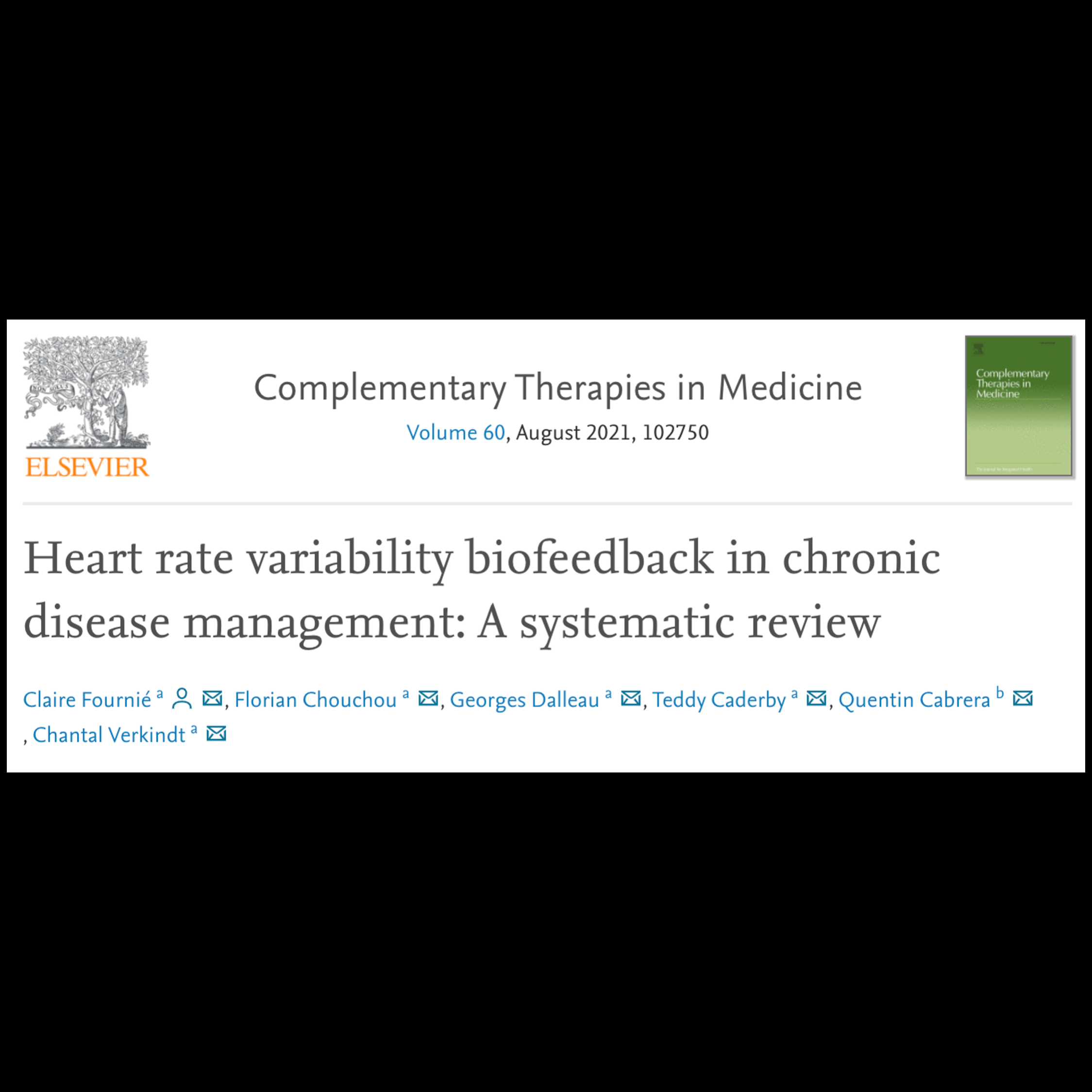Science 411s
Mini reviews of the best breathing science publications, plus (and most importantly) how to apply the findings in your life. Read them on the web, as a downloadable PDF, or listen as an MP3.
Latest Release
Due to nitric oxide, nasal breathing redistributes blood flow from the bottom to the top of the lungs and from the back to the front. This suggests that nasal nitric oxide may have been an evolutionary adaption to counteract gravity and allow us to walk upright.
Featured Science 411s
All Science 411s
Due to nitric oxide, nasal breathing redistributes blood flow from the bottom to the top of the lungs and from the back to the front. This suggests that nasal nitric oxide may have been an evolutionary adaption to counteract gravity and allow us to walk upright.
Mantra-based mindfulness reduces metabolism independently of breathing rate, whereas slow breathing increases heart rate variability independently of meditation. Combining them into one practice may provide the best of both techniques.
Slow breathing reduces levels of Ab, a key Alzheimer’s biomarker, in younger and older adults, suggesting that it may reduce the risk of Alzheimer’s and promote healthy brain aging.
Nasal stimulation should be considered alongside vagal stimulation as a primary mechanism behind the benefits of slow breathing.
Controlled diaphragmatic breathing is one of the simplest and most effective methods for reducing excessive stress that can be easily taught and safely used in essentially any condition or setting.
Breathing is a crucial physiological signal contributing to your feeling of body ownership and, most significantly, to your sense of body agency.
Slow deep breathing is the simplest and most effective way to reduce negative emotions. It quickly activates the parasympathetic nervous system, reducing the body’s physiological capability to experience negative emotions.
By separately blocking the parasympathetic and sympathetic nervous systems during slow breathing, a 2018 study in Psychosomatic Medicine conclusively found that observed increases in HRV during slow breathing are primarily due to increased vagal activity.
The short-term practice of slow breathing helps us resist distractions and impulses, improves our working memory, and enhances our cognitive flexibility. This means slow breathing enables you to plan, monitor, and execute your goals.
A daily pranayama practice improved quality of life in cancer patients undergoing chemotherapy.
To date, this is probably the most significant study ever published on breathing.
Regularly eliciting the relaxation response can counter the adverse effects of stress and serve as a free therapeutic tool in many chronic diseases, especially immunological, cardiovascular, and neurodegenerative/mental disorders.
Breathing is the primary pillar of Wim’s method that reduces acute inflammation during endotoxin exposure. However, cold training boosts these anti-inflammatory effects while also reducing flu-like symptoms.
If performed in the morning, the anti-inflammatory effects of Wim Hof breathing can be achieved with or without breath holds in just 2 hours of instruction from an independent trainer.
This study showed that the daily practice of Wim Hof’s method can help people with autoimmune disease reduce chronic inflammation, improve markers of disease status, and improve overall quality of life.
With only 4 days of training, Wim Hof’s method allows ordinary people to consciously influence their sympathetic nervous system and innate immune response, giving them the power to reduce inflammation and flu-like symptoms associated with the injection of endotoxin.
Slow breathing between 6 to <10 breaths a minute, with or without a device, for at least 10 minutes a day for 4+ weeks significantly reduces blood pressure, improves blood flow to vital organs, and improves autonomic dysfunction in people with hypertension or prehypertension.
Nasal breathing increases tissue oxygenation more than mouth breathing (an average of 10%) due to inhalation of nasally-derived nitric oxide.
Recitation of the Ave Maria (Hail Mary) prayer or a common yoga mantra slows breathing rate to 5.5-6 breaths per minute and improves markers of cardiovascular and autonomic health. They can be thought of as both health and religious practices.
There are no significant cardio-autonomic differences between RF and RF + 1 breathing. This suggests that slow breathing at a comfortable pace, between 3-7 breaths per minute, is sufficient to get most of the benefits.
Slow breathing using pursed-lip exhales or a resistance device both potentially improve cardiovascular health, but pursed-lips breathing is free, more pleasant, and provides a better sense of control.
Nasal breathing is healthy breathing, promoting better facial structure, oral health, and cardiovascular function, as well as deeper sleep and less stress and anxiety. Mouth breathing, on the other hand, contributes to many facial abnormalities and oral and systemic health complications.
Fifteen minutes of slow breathing (6 breaths per minute) before bed for 30 days improves sleep quality and increases vagal tone.
Slow breathing with extended exhalations increases vagal activity more than an equal inhale:exhale ratio. Thus, we can extend our exhales to increase parasympathetic nervous system activity.
Slow breathing works through activation of the vagus nerve, and consistent practice of slow breathing improves overall cardiac vagal tone, which could be highly beneficial in many health conditions.
Slow breathing at 6 breaths per minute (4-sec in/6-sec out) reduces subjective and physiological anxiety. This holds true in younger and older adults and could be a valuable practice for promoting healthy aging.
Slow breathing improves autonomic and arterial function while also acting as an antioxidant in people with diabetes. The last line of their abstract summarizes it perfectly: “Slow breathing could be a simple beneficial intervention in diabetes.”
Yogic breathing practices that focus on slow breathing and parasympathetic activation might reduce the body’s endogenous production of blood sugar and help improve insulin sensitivity.
Altogether, slow breathing consistently increases HRV, RSA, and alpha brainwave activity. These physiological changes are associated with better psychological and behavioral outcomes.
For the first time, it has been shown that metabolites of inhaled nitric oxide enter the blood stream and are carried systemically throughout the body in forms that can convert back to bioactive NO. This provides a mechanism for how inhaled NO has distant effects.































